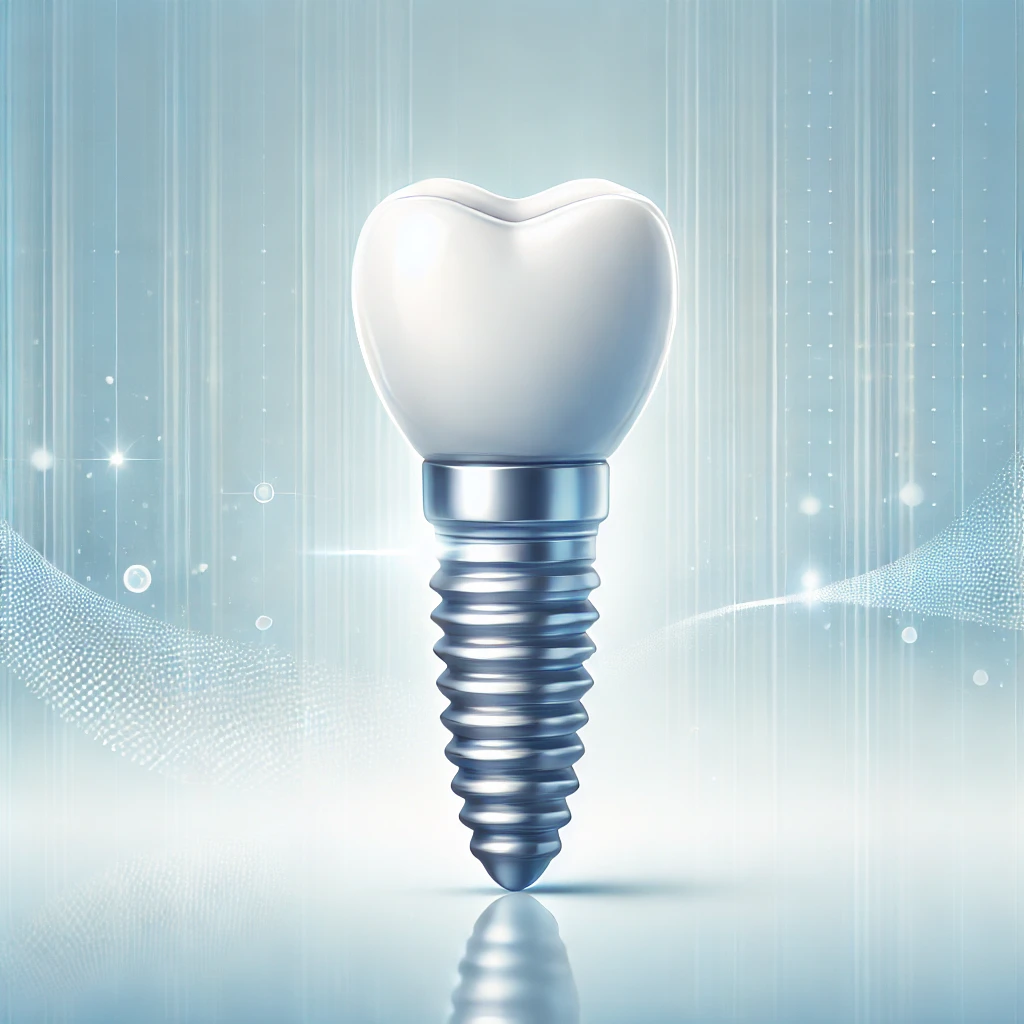CDT Coding Changes Affecting Implant Billing and Coding in 2025
CDT Coding Changes Affecting Implant Billing and Coding in 2025
By Estela Vargas, CRDH, Remote Sourcing
_________
Understanding CDT coding changes is necessary for accurate billing and documentation in 2025 as dental implant services evolve. Dental professionals must adapt to new codes and trends while maintaining accurate records to maximize reimbursement.
Key CDT Code Updates for Implant Services
The ADA Code Maintenance Committee has introduced several changes over the last few years to address advancements in implantology:
- 2023 Updates: D6105, D6106, D6107, D6197
- 2024 Additions: D6089, D0396 (3D printing)
- 2025 Updates:
- Amended Codes: D6080, D6081
- Editorial revisions to existing codes
- One new code announcement is forthcoming
Why Accurate Documentation is Critical for Implant Billing
Complete documentation supports claims submissions and guarantees patient records meet clinical and legal standards.
Essential Elements to Document:
- Patient medical history and diagnostic findings
- Procedure details, including steps and any complications
- Informed consent and post-operative instructions
If you possess the required documentation and the patient’s plan includes implant services, there should be no reason for your claim to be denied.
Emerging Trends Shaping Implant Billing
New technologies and techniques are transforming implantology, requiring updates to billing processes:
- 3D Printing: Custom prosthetics and surgical guides
- Immediate Load Implants: Reduced treatment timelines
- Nanotechnology: Enhanced precision in implant placement
- Antibacterial Coatings: Improved post-surgical outcomes
- Augmented Reality (AR): Advanced surgical planning
Dental practices should become familiar with these innovations to stay ahead of the competition.
Clinical Scenario: Coding a Socket-Shield Technique
The socket-shield technique (SST) is an example of an advanced implant procedure requiring specific coding:
Scenario Overview:
- A 45-year-old female patient presents with a fractured tooth (#9) that requires extraction.
- The doctor opts for the Socket Shield Technique to preserve the buccal plate and place an immediate implant.

Procedure Summary:
- The doctor sections the tooth, retaining the buccal portion of the root to maintain stability and the periodontal apparatus of the implant.
- Once the socket is prepped, place the implant immediately, ensuring minimal tissue trauma.
- Document findings, informed consent, and provide post-operative instructions.
Procedure Codes:
- D0140: Limited examination
- D0220: Periapical image of tooth #9
- D0364: Cone beam CT capture and interpretation with limited field of view - less than one whole jaw (if applicable)
- D7252: Partial extraction for immediate implant placement
- D6010: Endosteal implant placement
- D6104: Bone graft at implant placement (if applicable)
How to Stay Current on Implant Coding Changes
Remaining up to date with CDT coding changes is indispensable for any dental practice. Here’s how:
- Update coding books and software annually.
- Provide regular training for your administrative and clinical staff on the who, what, when, and where of patient treatment planning and case selection.
- Review complex cases and discuss the phases of treatment and how each phase is coded.
- Outsource to a professional dental billing company, like Remote Sourcing, when trying to keep up becomes too much.
Dental implant billing is becoming increasingly sophisticated, with CDT coding changes reflecting the latest advancements in technology and treatment. Accurate documentation and knowledge of these updates are critical for seamless billing and optimal patient outcomes.
To learn more about CDT coding and billing strategies, subscribe to our newsletter or contact us today!
Disclaimer: This blog is for informational purposes only and does not constitute financial, legal, or medical advice.



